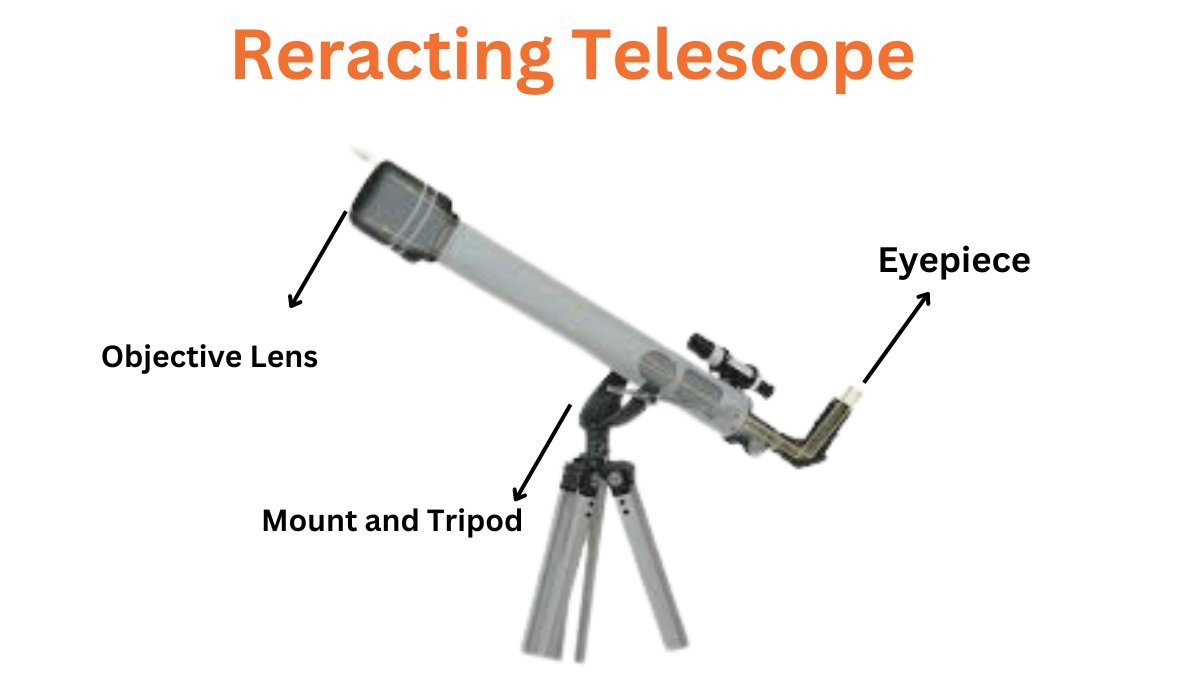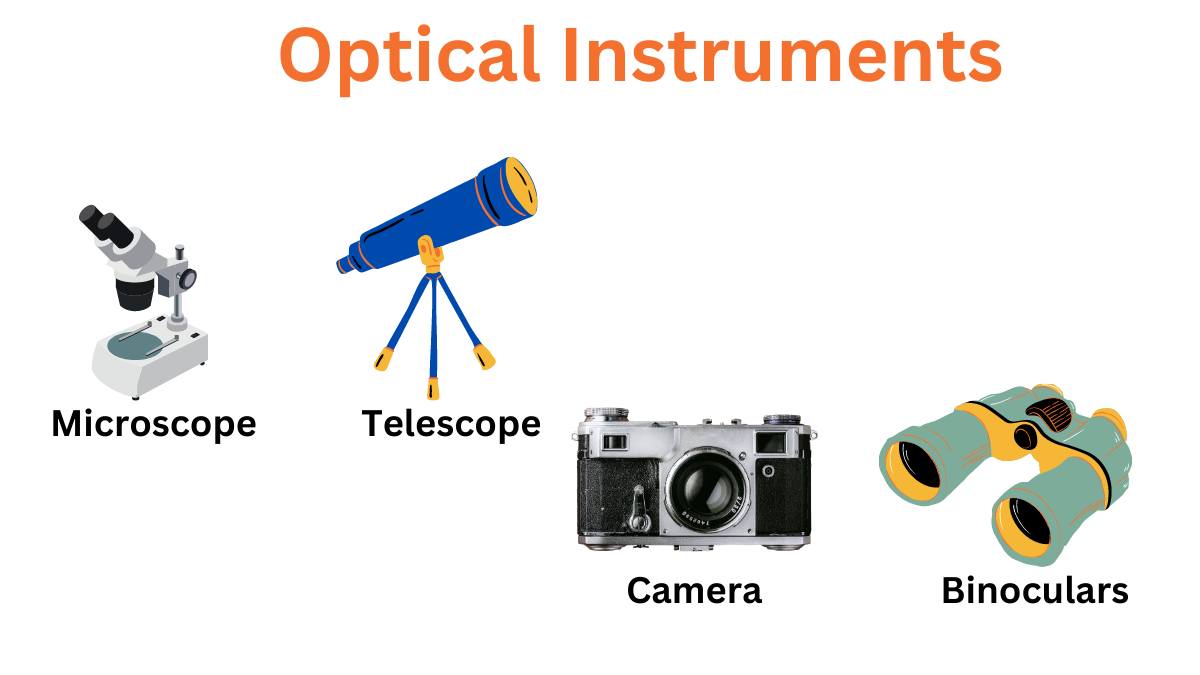How Do 3D Glasses Work?
3D glasses function through the utilization of distinctively tinted lenses that segregate the images presented on a screen. Typically, the right lens is tinted red, while the left lens is tinted blue or green.

The images displayed on the screen are presented in a manner that allows each eye to perceive a marginally different perspective, and the colored lenses selectively filter out specific colors, enabling the images to manifest in three dimensions.
Subsequently, when the brain processes these subtly divergent images from each eye, it generates the perceptual illusion of depth, resulting in a compelling 3D effect.
Basics of 3D Vision
Before diving into the specifics of 3D glasses, let’s first grasp the fundamentals of how our eyes perceive depth. Humans have binocular vision, meaning we use both our eyes to create a single, three-dimensional image of the world around us. This depth perception arises from the slight disparity between the images seen by each eye, allowing our brains to merge the two perspectives into one coherent and spatially aware view.
The Foundation of 3D Imaging
At the heart of 3D technology lies stereoscopy, a technique used to create the illusion of depth. Stereoscopy presents two offset images simultaneously, one for each eye, producing a three-dimensional effect when viewed together. These images are often captured using two cameras placed slightly apart, replicating the distance between our eyes.
The Role of 3D Glasses
Now that we understand how stereoscopy works, let’s explore the role of 3D glasses in the process. 3D glasses, also known as anaglyph glasses, function as optical filters that separate the left and right images, ensuring each eye sees only the intended view. This separation is crucial for creating the illusion of depth and enhancing the immersive experience.
Different Types of 3D Glasses
There are various types of 3D glasses, each using different mechanisms to achieve the desired effect. Some common types include:
1. Anaglyph Glasses
Anaglyph glasses are the most traditional and affordable type of 3D glasses. They work by using color filters—usually red and cyan—to block certain parts of the image, allowing each eye to perceive a slightly different view.
2. Polarized Glasses
Polarized glasses are commonly used in movie theaters. They utilize two perpendicular polarizing filters to ensure that each eye sees a different image, creating a seamless 3D experience.
3. Active Shutter Glasses
Active shutter glasses are typically used with 3D televisions. These glasses contain liquid crystal lenses that alternate between opaque and transparent rapidly. This syncs with the TV’s screen, ensuring each eye sees the right image at the right time.
The 3D Experience: How It All Comes Together
When we put on our 3D glasses and watch a 3D movie, the magic happens. The lenses in the glasses filter the images, allowing each eye to receive its designated view. As a result, our brain fuses the two images, creating the perception of depth and realism. This illusion makes objects on the screen appear closer or farther away, captivating our senses and drawing us into the on-screen action.
Advancements in 3D Technology
Over the years, 3D technology has evolved significantly, leading to more sophisticated and captivating 3D experiences. Innovations like auto-stereoscopic displays, which don’t require glasses, and virtual reality headsets have pushed the boundaries of 3D entertainment, making it more accessible and enjoyable for users.

 written by
written by 





Leave a Reply